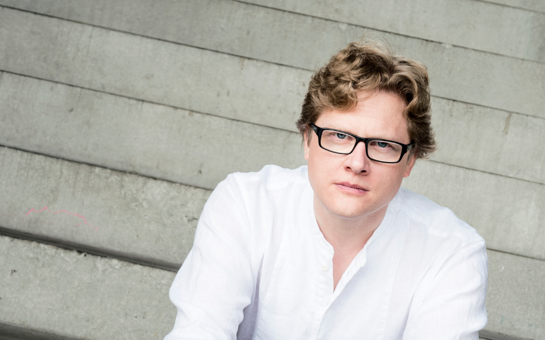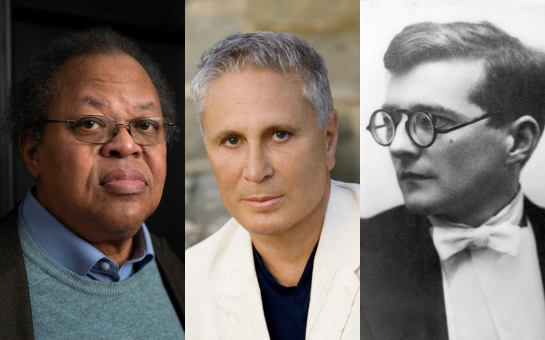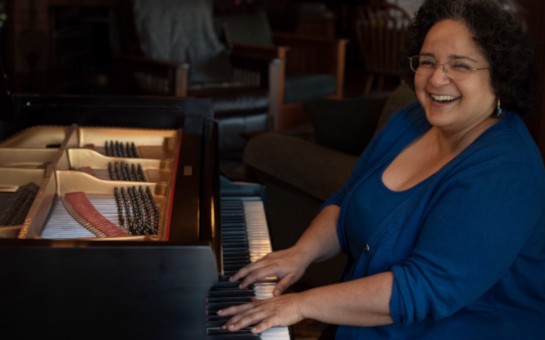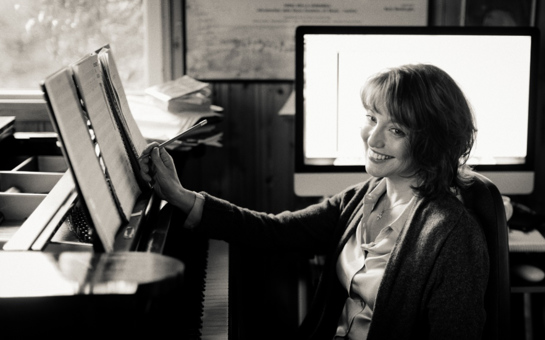The world premiere of Convergence by Jesper Nordin takes place October 6-7 at Davies Symphony Hall, with violin soloist Pekka Kuusisto, conductor Esa-Pekka Salonen, and the San Francisco Symphony.
The work for solo violin, orchestra, live electronics, and live visuals is a collaboration between Kuusisto, Salonen, and Nordin based on their mutual fascination on bringing different worlds, expressions, and genres together. Traditional Nordic folk music merges with video game technology, motion-triggered electronics, and the orchestral tradition.
The electroacoustic element in Convergence is driven Jesper Nordin’s unique technology ‘Reactional Music’. Through physical movement, Kuusisto and Salonen will be able to trigger virtual instruments through real-time gestures, which complement the surrounding acoustic atmosphere. The accompanying visuals by Thomas Pénanguer are likewise generated by the movement and sound of the piece.
The first of Convergence's three movements is inspired by Nordin's breakthrough work for solo violin, calm like a bomb (2000), which can be seen below with visuals by Pénanguer.
The second movement, Cadenza, is for violin and live electronics alone; an opening improvisation evolves into Djävulspolskan (Devil’s Polska), a tune popularized by the Swedish fiddler Pekkos Per (1808–77). Djävulspolskan becomes the basis of the third movement, which reintroduces the orchestra—as well as different instances of Reactional Music, including a virtual tremolo string orchestra that follows whatever Kuusisto is playing, and a virtual electric guitar performed by Salonen with hand movements. In this movement, Nordin makes extensive use of micro-intervals from Swedish folk music, which were called “blue notes” in 19th-century Sweden, and could come in “light blue” or “dark blue” varieties depending on intonation.
Convergence was commissioned by San Francisco Symphony and Stockholm Concert Hall Foundation. For more information see the website of San Francisco Symphony.





